The Southern state of Kerala blessed with abundance of natural beauty is also home to several temples, each of them having a deep religious, cultural and historical significance, apart from serving as excellent sources of traditional art and architecture. Visiting these temples prove an enjoyable experience, especially with time at hand to worship the deities and take a leisurely stroll through the premises. Planning the visit during the religious festivals are bound to add further colour and excitement to the trip, but only if you don’t mind the jostling crowds. Tradition and religious austerity may restrict entry of visitors, or impose specific dress codes at some of these temples. Do check out such requirements well before the visit to avoid disappointments.
1Sri Padmanabhaswamy Temple at Thiruvananthapuram:
The richest in the world, this temple is an excellent example of Dravidian architecture. This sacred pilgrimage destination easily dates back to the 8th century and also finds a mention in Puranas and Epics, but clear records of its origins are not available. The presiding deity, Lord Vishnu reclining on his five hooded serpent Anantha is a majestic sight to behold and pay obeisance. The idol of the deity contains 12008 Salagramas (sacred pebbles) from River Gandaki in Nepal. With each Salagrama believed to represent the lord, the sanctity and greatness of this deity and the temple is enhanced manifold. Separate shrines for Lord Rama,Seetha and Lakshman, Lord Hanuman, Shri Yoga Narasimha, and Shri Dharma Sastha are also present within the sprawling complex.
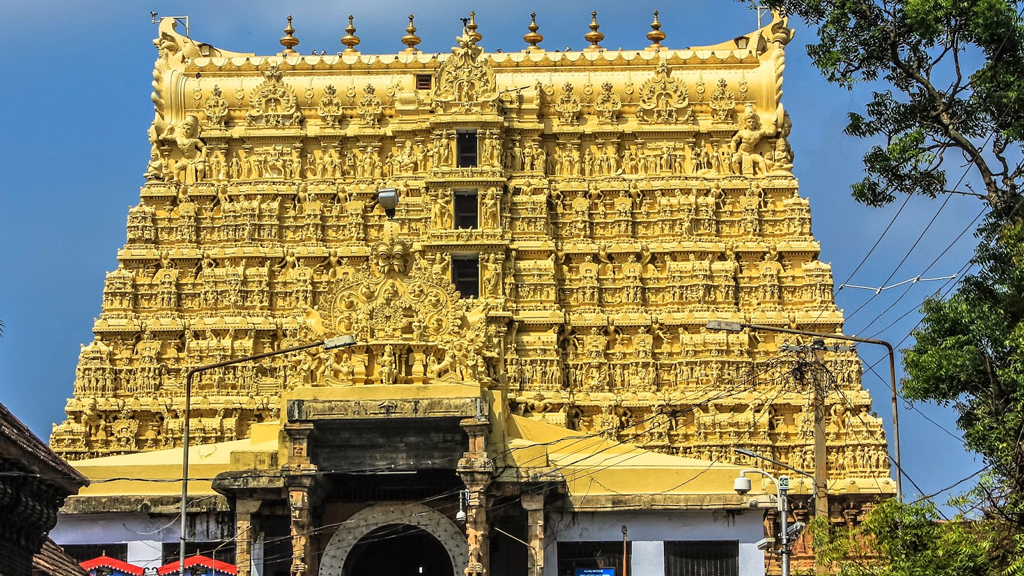
For more : Sri Padmanabhaswamy Temple, Thiruvananthapuram
Between October and November: Alpashy Festival
Between March and April: Panguni Festival
2Vadakkunnathan Temple at Thrissur:
This temple believed to be built by Parasuram (Vishnu’s 6th incarnation) for Lord Shiva is yet another architectural monument with historical significance. Enclosed within stone walled premises spanning nearly 9 acres of land, the temple has three main shrines dedicated to the deities Shiva as Vadakkunanathan, Rama and Shankaranarayana, among several others as well. The temple walls house a couple of rare murals that are nearly 350 years old as well as murals that depict scenes from the Mahabharatha. A museum of wall paintings and vintage artefacts is also present within the temple complex. The structure has been declared as a National Monument of India.
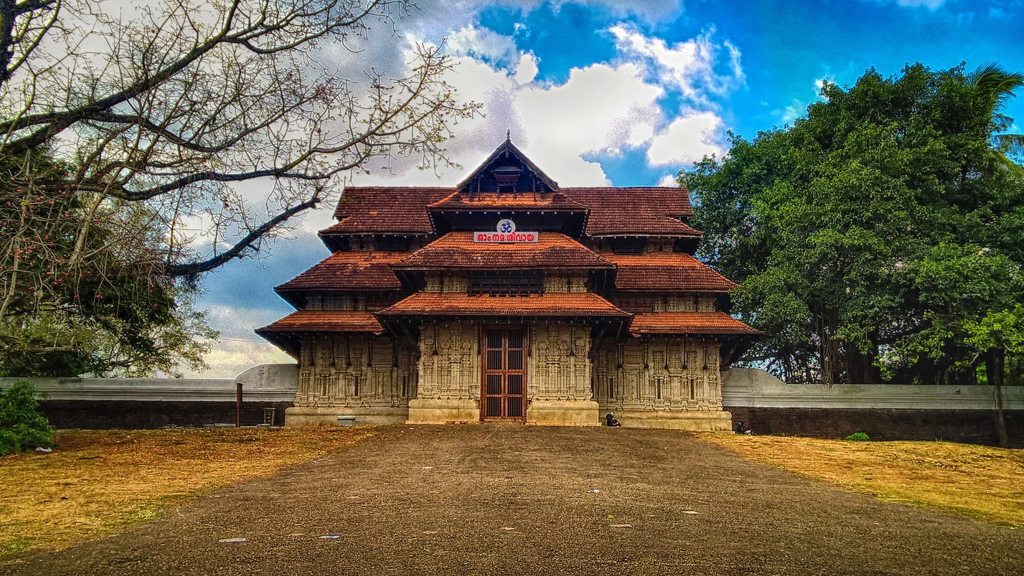
Between February and March (Magha Month): Maha Shivaratri
May (when Pooram Star rises): Thrissur Pooram
July (first day of Karkidakom Month): Aanayoottu
3Sabarimala Sastha Temple at Pathanamthitta:
Located amidst scenic, serene yet challenging landscape, Lord Ayyappa’s abode at Sabarimala is till date open to men, children and elderly women only. While the temple remains open from the month of November till mid-January for the Mandala puja and Makara Sankranthi puja, it is possible to worship the lord also during Chitra Vishu (Malayalam new year in mid-April) Pilgrims who visit the temple usually follow strict personal discipline, fasting (41 days) and abstain from all forms of temptations before and during their journey, which typically is quite challenging. There are several trekking routes to reach the temple, each of them has their unique challenges, but a darshan of the lord simply melts away all troubles.
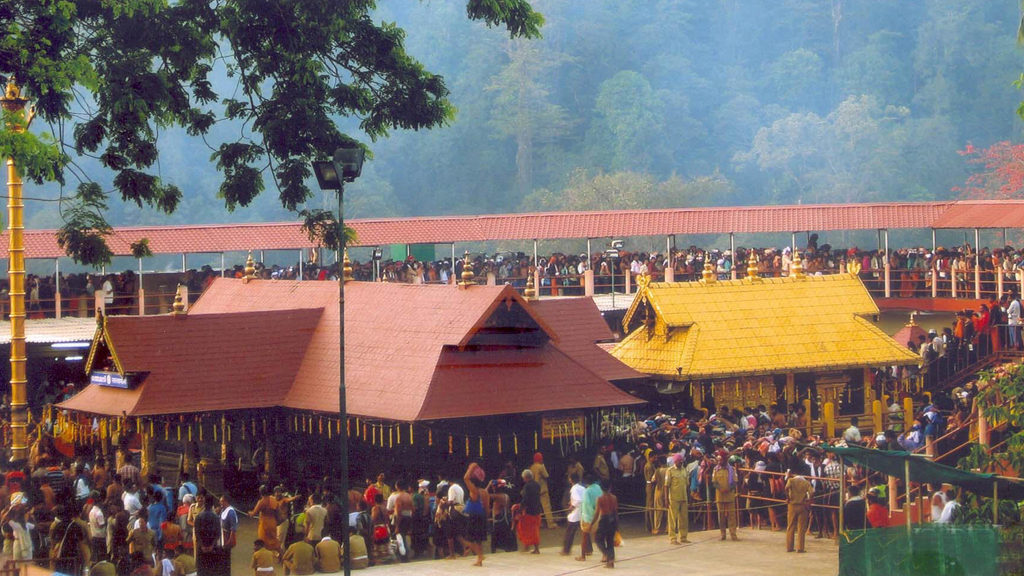
You may also like: Sabarimala Sree Ayyappa Temple in Kerala
November (mid) to January (mid): Sabrimala Pilgrimage
4Chottanikkara Temple at Chottanikkara, Ernakulam:
The powerful Goddess Chottanikkara Bhagavathy is worshipped with utmost respect for her curative powers that heal all forms of mental ailments including impact of evil spirits. Located in a scenic setting, the impressive temple housing the idol in golden hue, bedecked with colorful floral garlands offers peace and solace to devotees. The goddess is worshipped as Saraswathy in the mornings, Lakshmi at noon and Durga in the evenings. Sharing the same pedestal along with Lord Vishnu, deity is also commonly known as Ammenarayana. Idols of Brahma, Ganesh, Subramanya and Sastha are also present on the same pedestal. The special puja performed to invoke devi Bhadrakali at the Kizhukkavu temple within the complex, especially on Fridays is believed to rid women of mental abnormalities permanently.
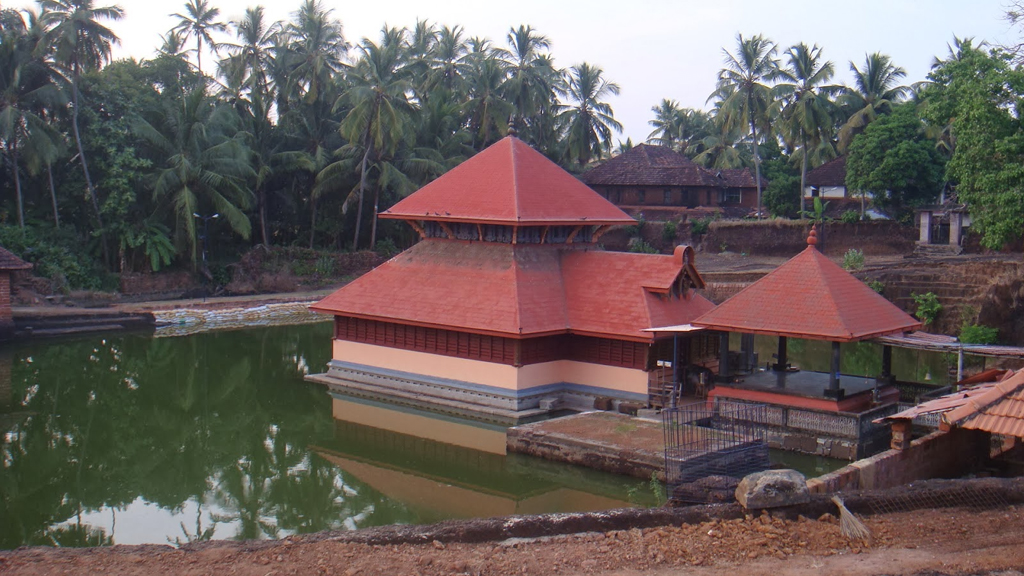
For more : Chottanikara Devi Temple in Kerala
Between February and March (Kumbham Month): Chottanikkara Makam Thozhal
5Ettumanoor Mahadeva Temple at Kottayam:
Being the earliest temple for Lord Shiva in this State, it houses some of the most beautiful murals and frescoes of the lord, especially one in dance posture, Pradosha Nruthyam, reportedly the best wall painting in the country. Apart from the main deity’s idol, there are shrines for Lord Shastha and Lord Ganesh inside the premises.
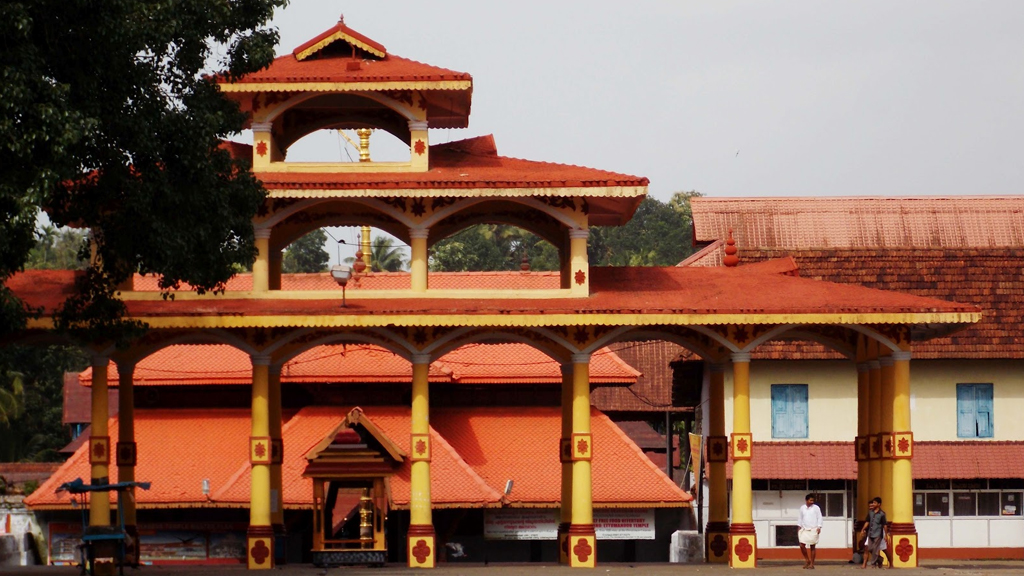
You may also like : KaduthuruthyThaliyil Mahadeva Temple in Kerala
Between February and March: Thiruvathira Day
6Vaikom Mahadeva Temple at Kottayam:
Along with the temple for Shiva at Ettumanoor, this one at Vaikom and another at Kaduthuruthy are three most famous temples for Shiva in Kerala, where the Lingams are believed to be installed by a demon (asura) named Khara. Worshipping the lord at all three temples on the same day, before the mid-day pooja, is supposed to fulfil one’s wishes. The Western door of the sprawling courtyard (8 acres) remains closed till date, as a result of god’s wrath on a chieftain who disrupted pooja. Murals adorn the walls of the temple, which is structured in a unique manner. An interesting mix of beliefs, architecture, legends and history these temples draw many visitors to the land.
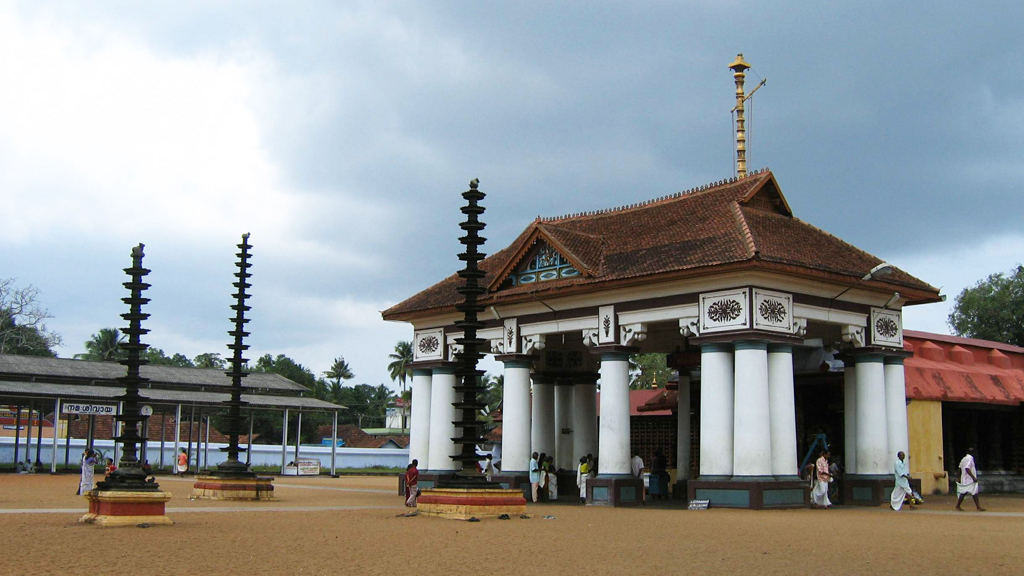
You may also like : Thiruvanchikulam Shiva Temple in Kerala
Betweeen November and December (day of Krishnapaksha in Vrishchikam Month): Vaikkath Asthami
7Guruvayoor Srikrishna Temple at Guruvayoor:
Guruvayoorappan, the presiding deity of the temple is worshipped as a four-armed form of Vishnu, holding the disc (Chakra), conch (Panchajanya), lotus and mace (gadha). The idol, crafted out of a rare amalgam known as Paadalaanjanam, is believed to be over 5000 years old. The architecture and beautiful structure of the temple is a wonderful sight to behold. Strict dress codes are enforced, and there are religious customs in place that need to be respected. A dip at the temple tank Rudratheertham before entering the temple is customary. A visit to the temple’s elephant yard housing over 50 elephants is bound to prove a unique experience.
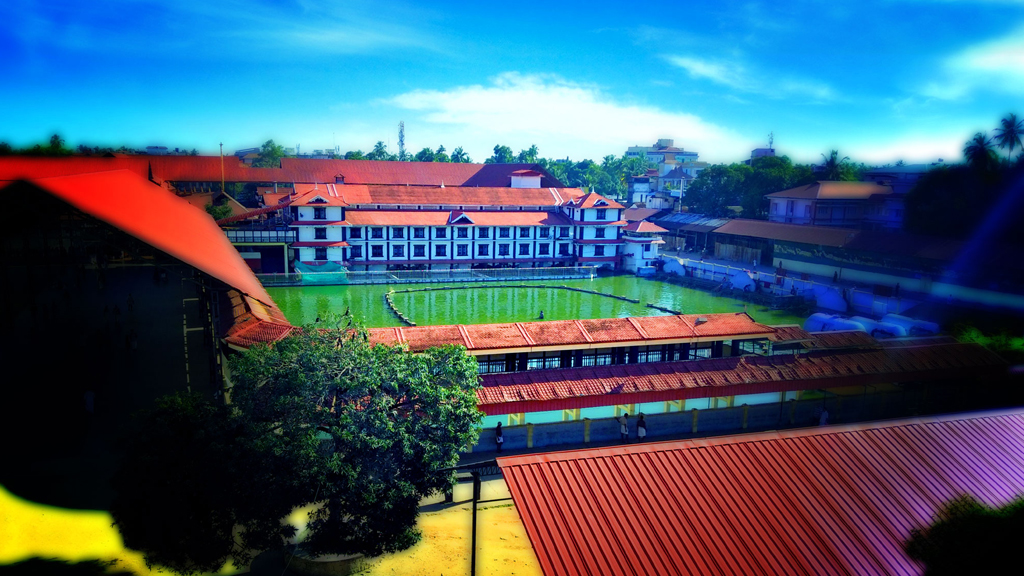
You may also like : Ambalapuzha Sri Krishna Temple in Kerala
Between February and March: Guruvayur Festival (10 Days)
November: Guruvayur Ekadasi
April: Vishu
8Attukal Bhagavathy Temple at Thiruvananthapuram:
Goddess Bhadrakali is worshipped as Attukalamma at this temple, which sees the largest number of women devotees assembled to celebrate the Pongala festivities annually, making it to the Guinness Book of World Records for the very same reason. Located in the vicinity of the Padmanabhaswamy temple, a visit to this temple is an integral part of temple tours in the city.
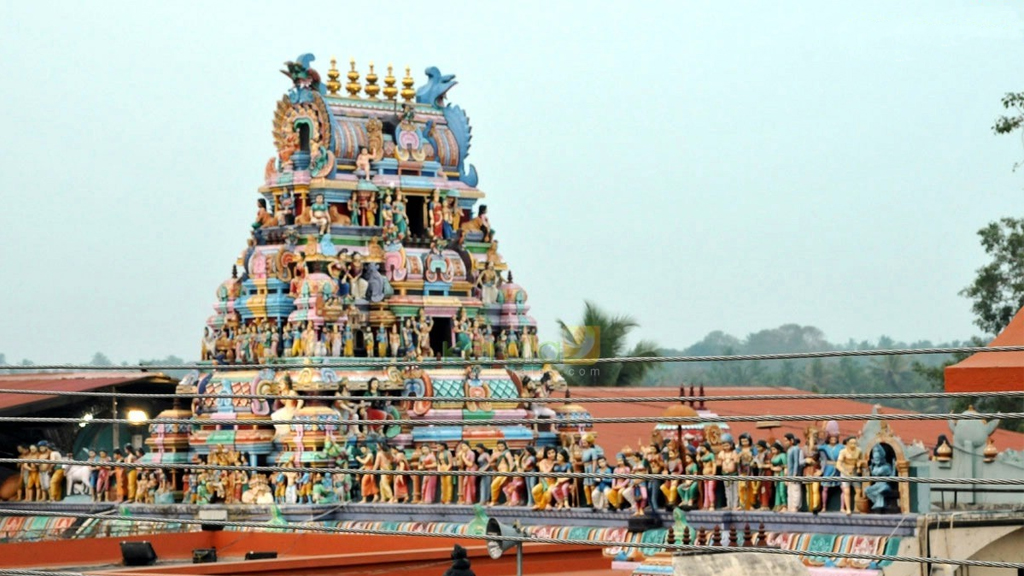
Between February and March (Malayalam month of Makaram-Kumbham): Pongala
9Pazhavangadi Maha Ganapathy Temple:
Also located in the heart of Thiruvananthapuram, this temple dedicated to Lord Ganesh houses 32 different forms of Ganapathy. This temple was an important place of worship for soldiers serving in the Travancore Army.
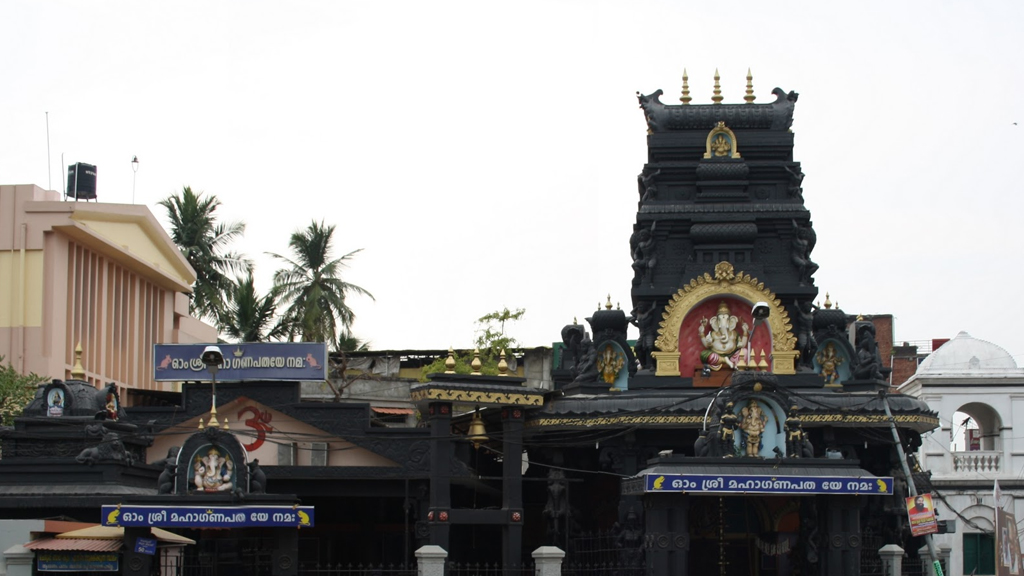
Between August and September (Fourth Day of Hindu Luni-Solar Calendar): Ganesh Chaturthi
10Aranmula Parthasarathy Temple at Mallapuzhassery:
Lord Vishnu in the form of Parthasarathy (Arjun’s charioteer in Mahabharatha) is the main deity of this temple, based on typical local architectural style. The temple is legendarily associated with the Pandavas, who after crowning Parikshit visited Kerala on a pilgrimage, installed idols of Vishnu at Thrichittat (Yuddhishtra), Tiruppuliyoor(Bheema), Thiruvaranmula (Arjuna), Tiruvanvandoor (Nakula) and Thrikkodithanam(Sahadeva) and worshipped them. It also is a safehouse where the golden attire (anki/ kavach) of Lord Ayyappa is stored, and then transported to Sabarimala during the annual jewel procession. Aranmula is a delight to visit, especially during the famous Snake boat races held each year.
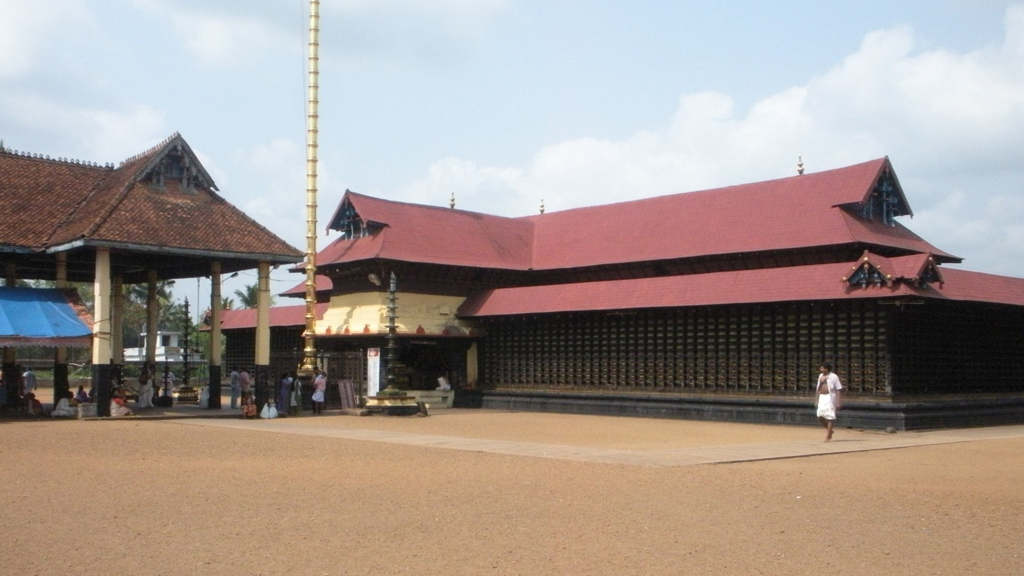
January: Brahmotsavam
November: Kalapam Festival
11Ambalapuzha Srikrishna Temple at Ambalapuzha:
Located in the scenic town of Ambalappuzha in Alleppey district, Ambalappuzha Sri Krishna Temple is yet another sacred temples among the Hindu devotees. Built somewhere between 15th-17thAD by Chembakasserry Pooradam Thirunal-Devanarayanan Thampuran, this pious temple is dedicated to Lord Parthasarathi. The idol of the temple’s main deity holds a whip and a sacred conch in his right and left hand. Among the many legends of Ambalappuzha Sri Krishna Temple, the one that talks about how Lord Krishna once defeated the then ruler of Ambalappuzha in a game of chess is the most profound one. Following defeat, the king was asked to pay the debt over time, and thus the temple still serves free ‘paal-payasam’ (a local rice delicacy) to the pilgrims.
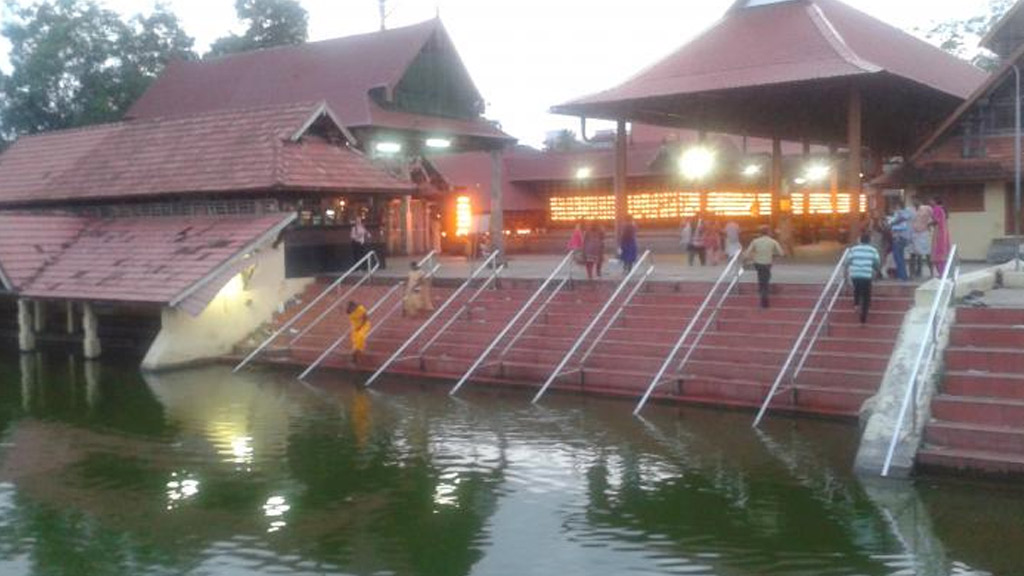
Between June and July (Moolam Day of Mithunam Month): Amabalapuzha Temple Festival
12Tali Temple at Kozhikode:
A 14th century temple dedicated to Lord Shive, the Tali Shiva Temple is rated among the oldest temples in Kerala. Located in Kozhikode, this religious establishment is often called ‘Tali Mahakshetram’ by the locals and it serves as an important Hindu pilgrimage. The temple previously belonged to the Namboothri family, and was centred in a quaint small village. The sanctity and sense of devotion of Tali Shiva Temple started getting attention somewhere 1,500 years ago, and soon become a devout place for worship. The main sanctum of Lord Shiva in this temple is believed to have divine power. The temple underwent a torment of events during the invasion of Malabar by Tipu Sultan, and was later rebuilt in 1964.
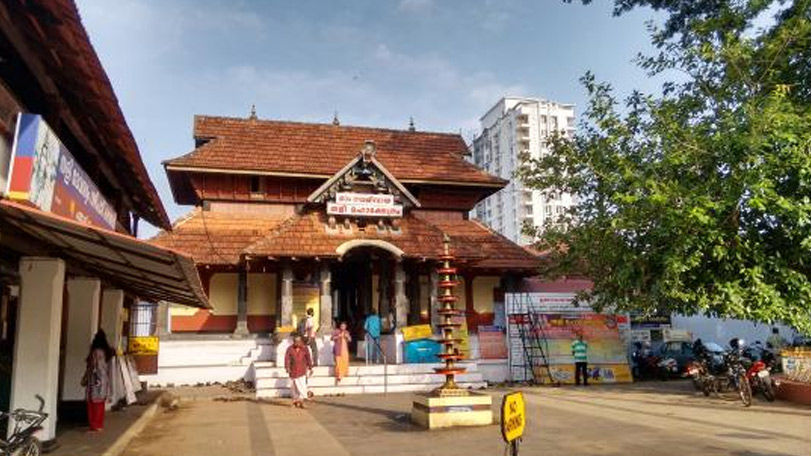
Between October and November (Thulam Month): Revathi Pattathanam
13Thirunelli Temple at Wayanad Valley:
Nestled amidst the surreal locales of Wayanad, Thirunelli Temple is exactly situated near the Kerala-Karnataka state border. Seated at an elevation of 900m, this holy temple has been mentioned in the Puranas and many other Hindu texts. According the folklore, Lord Brahma, while orbiting the universe, spotted a picturesque spot; which later got the name ‘Brhamagiri Hill’. Arriving at the spot, He found an idol of Lord Vishnu, and later installed it in a temple. Upon installation of the idol, Lord Vishnu conferred that the water bodies around the temple would wash away the sins of all the devoted visiting this temple. Legends also have it that Lord Brahma visits this holy place every day and worships the main deity.
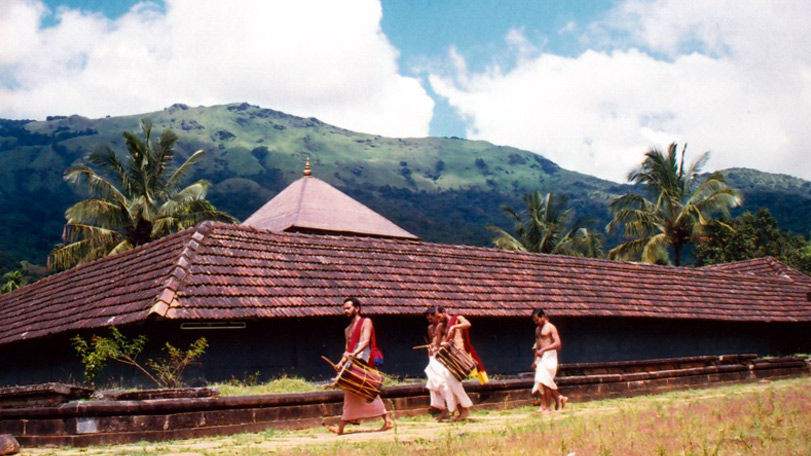
September: Puthari Festival & Krishna Janmashtami
14Kaviyoor Mahadeva Temple at Kaviyoor:
The holy Kaviyoor Mahadevar Temple holds a prominence among all the Lord Shiva temples in God’s Own Country. Also called the ‘Thrikkaviyoor Mahadeva Temple’, this devoted place has Lord Shiva along with Goddess Parvati in the form of Lord Mahadeva as its main deity. Devotees believe that the main idol in Kaviyoor Mahadevar Temple was installed by Lord Rama after completion of his exile period while being accompanied by Sita, Hanuman, Sugreeva, and Vibheeshana. According to the mythological tales, Lord Hanuman took shelter inside this pious temple after he failed to remove the earthen Shivalingam while following the command of Lord Rama. Over the centuries, Maharaja Chithira Thirunal Balarama Varma built a sanctum for Lord Hanuman in 1934AD within the main temple complex.
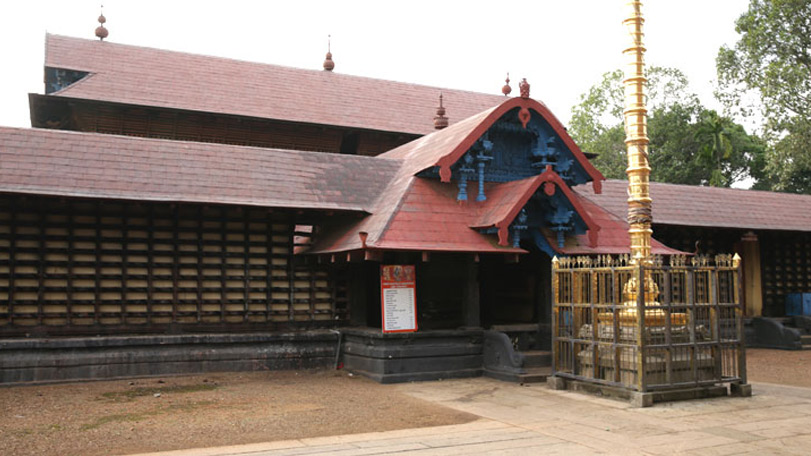
Between December and January: Thiruvuthsavam
July: Panthrantukalabham in Chingam Kanni
September: Ayilyam
15Sivagiri Temple at Varkala:
Standing firm in an elevated plateau amidst the scenic locales of Varkala, this sacred monument was designed and built by Sree Narayana Guru. Built in octogonal shape, Sivagiri Temple now serves as headquarter of Sree Narayana Dharma Sangham and also an important pilgrimage centre for the Hindu devotees. Among all the other pious temples in Kerala, the Sivagiri Temple displays a unique and interesting philosophy of life. It encourages the devotees to pray in their own ways, and follow the principle of ‘One Caste, One Religion, One God’. The temple also encourages devotees from other castes.
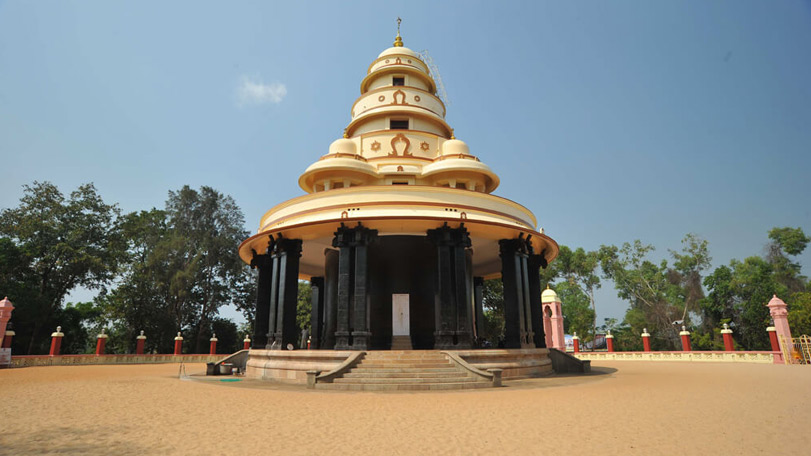
Between August and September: Guru Deva Jayanti
January: Sivagiri Pilgrimage
16Mannarasala Nagaraja Temple at Haripad:
Lord Parashurama, the mighty creator of Kerala, is often related to the sacred Mannarasala Temple in Haripad. Dedicated to the serpant god – Nagaraja, this temple was built by the Brhamins to worship Nagaraja, so that the Snake God would convert the inhabitable lands of Kerala into habitable by spreading the flaming poisons into the soil. The rishis later built a pilgrimage centre amidst the lush jungles and performed the penance to appease the snake god, and thus the Mannarasala Temple came into existence. Following this celestial event, Lord Parashurama installed the idol of Nagaraja in this site.
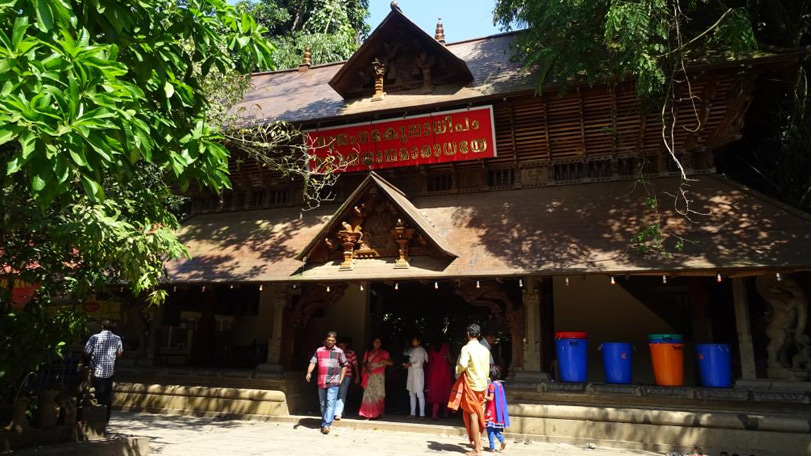
Between September and October (day of Aayilyam): Mannarsala Aayilyam
17Sree Parassinikadavu Muthappan Temple at Parassinikadavu:
If you happen to visit the Muthappan Temple, you would surely be astounded to know that this is probably the only temple in Kerala, where dogs are considered pious and are always found in large numbers. According to the legends, Lord Muthappan; the main deity of this holy temple, was always accompanied by a canine throughout his journey across Kerala. And thus, dogs are today considered holy in this temple. Other folklore states that Lord Muthappan, during his boyhood, had a tribal friend named Chantan, who denied him ‘toddy’. Furated by this, the lord cursed his friend, and turned him into a stone. Chantan’s wife later performed ‘Oottu, Tiruvappana and Amruthakalasam’ to get her husband back and started calling the boy as ‘Muthappan’.
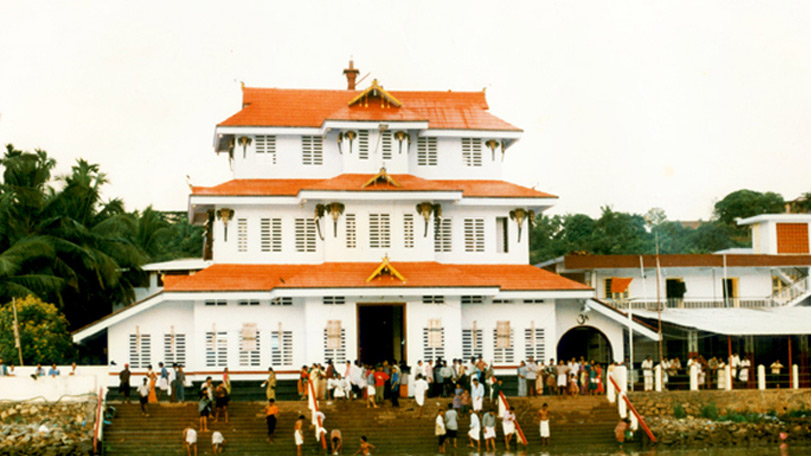
December (1st or 2nd / 16th day of Vrishikam month): Puthari Thiruvappana
18Lokanarkavu Temple at Villiappally:
One of the most sacred places in the North Malabar region, Lokanarkavu Temple was instated by the Aryan Nagariks of Kerala. Situated in a tiny hamlet called Memunda, it has Goddess Durga as its main deity, and is also known for Thacholi Othenan, who was a devout follower of Goddess Durga. Estimated to be more than 1,500 years old, this Hindu pilgrimage is the only place in Kerala that hosts a unique folk dance resembling much to Kalarippayattu during the festive season. On such occasions, Kalarippayattu artists and performers throng the Lokanarkavu Temple in large number to seek blessings from the main deity of the temple.
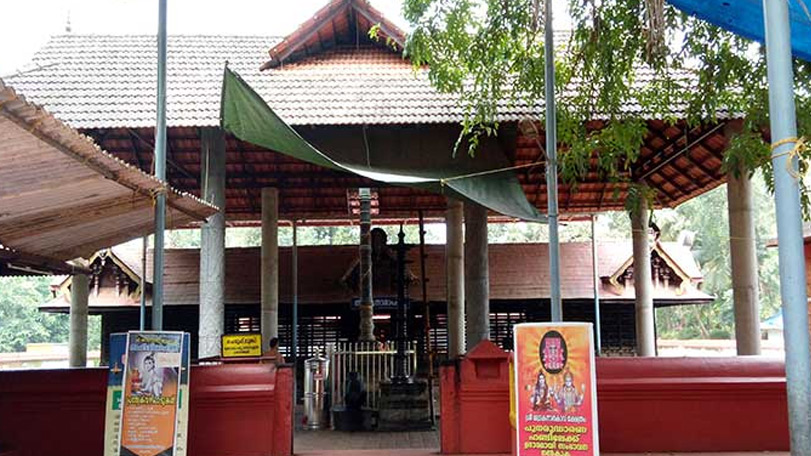
Between November and December (Vrischikam Month): Mandala Utsavam
19Thiruvalla Temple at Thiruvalla:
Sreevallabha Temple is a holy shrine where Lord Purusha is worshipped in the form of Lord Sreevallabhan. One of the oldest and sacred temples in Kerala, it is also considered as a highly orthodox Hindu establishment in the entire country. Starting from the unique architecture to the customs and rituals, everything about this temple is so fascinating. According to the legends, two profound Hindu sages: Durvasa abd Saptarshi, visits this pious temple and offer prayers and pooja to Lord Purusha every night. Also, this is one such temple where Kathakali dance form is considered as one of the main offerings to the god. The walls guarding Sreevallabha Temple are said to be built within one night by the servants of the Lord in and around 57BC.
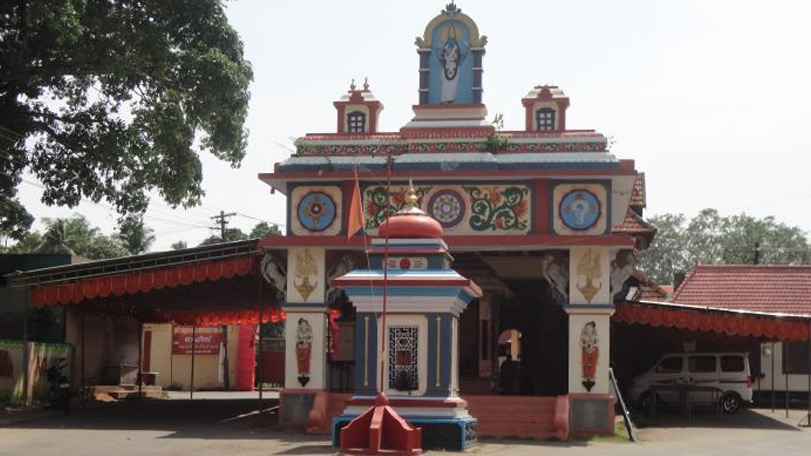
Between February and March (Kumbham Month): Thiru Uthsavam
Between March and April (Meenam Month): Uthra Sreebali
20Thiruvanchikulam Shiva Temple, Kodungalloor:
Built in typical Kerala architecture, the Thiruvanchikkulam Temple; also known as the Mahadeva Temple, is estimated to date back to 8th century. With Lord Shiva and Goddess Parvathi as the main deities, this temple also boasts of being the only Thevaram Paadal Petra Shiva sthalam in the entire of Kerala. In addition to the high religious importance, the temple is also considered as a masterpiece of Kerala architecture. It showcases captivating mural paintings, and has already been declared as a protected religious monument by the Archaeological Survey of India. According to the legends, this is the oldest temple where Lord Shiva resides with his entire family.
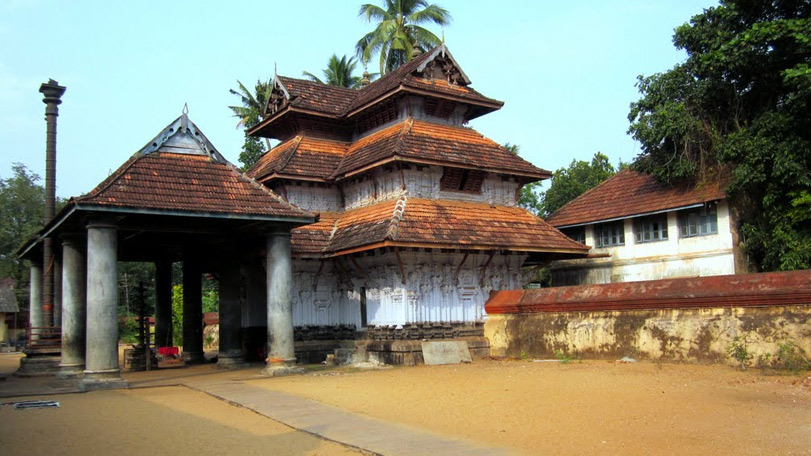
Between May and June (Vaisaki Month): Brahmotsavam
21Kottarakkara Ganapathy Temple at Kottarakkara:
Kottarakkara Ganapathy Temple is the highest order Maha Ganapati temple in God’s Own Country. Situated in a town called Kottaravakkara; around 25km from Kollam, this is the temple that also serves as a home to the family of Lord Shiva. Having said that it is the divine abode of the Lord’s family, the temple has Lord Shiva, Goddess Parvati, Lord Ayyappan, Lord Murugan, and Lord Nagaraja as its main deities. This is also the temple where Lord Ganesha holds more prominence than Lord Shiva. Another interesting fact about the Kottarakkara Ganapathy Temple is that the ‘nivedhyam’ offered in this temple is always made in front of Lord Ganesha.
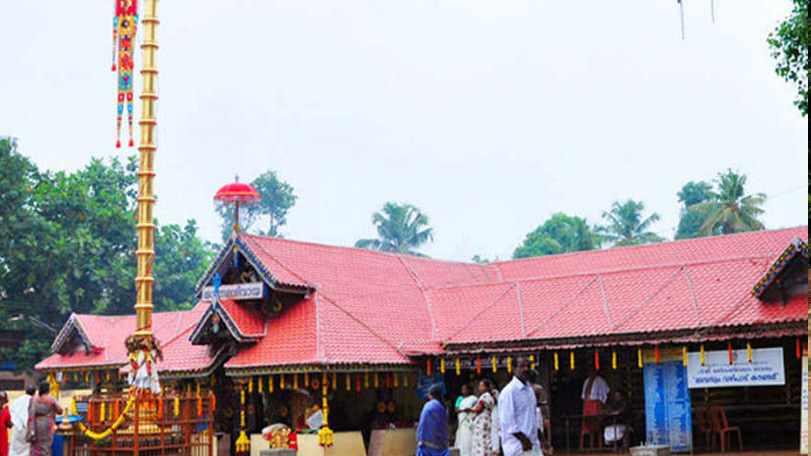
Between August and September (Chingam Month): Vinayaka Chathurthy
22Pandalam Ayyappa Temple at Pandalam:
The holy Pandalam Ayyappa Temple in Kerala is a devout place where Lord Ayyappa; the main deity, is believed to begin his journey in human form. According to the legends, the lord took birth as the son of king Pandalam. Situated near the Pandalam Palace, the temple serves as an important pilgrimage centre to the devotees of Lord Ayyappa. Every year; during the eve of Sabrimala pilgrimage, devotees visit this temple to worship the main deity. Three days prior to this heavenly event, the priests of this temple takes out all the sacred ornaments of Lord Ayyappa and take out a procession from Pandalam to Sabrimala marking the beginning of the Sabrimala pilgrimage.
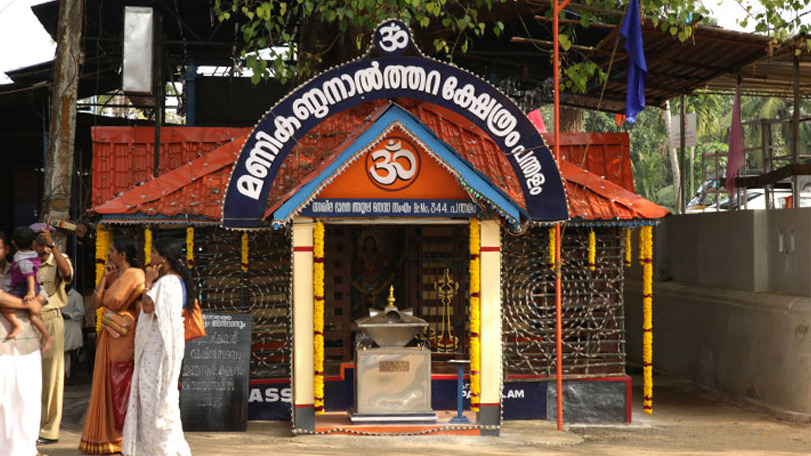
Januray (Makar Sankranti): Makara Vilakku
Between August and September (Chingam Month): Onam
Between April and May: Vishu (Malayalam New Year)
23Chengannur Mahadeva Temple at Chengannur:
The Bhagavathy Temple or the Chengannur Mahadeva Temple in Chengannur, Kerala is considered as a prominent worshipping ground of Lord Shiva. This sacred temple, which has Bhagavathy as its main deity, remains closed for three consecutive days during the eve of ‘Thripputhu’ festival which marks the beginning of mensuration period of the presiding deity. According to the legends, Goddess Parvathi visited this place, and had to wait here for almost twenty-eight days as she was undergoing her mensuration cycle. Thus, Chengannur Mahadeva Temple celebrates the pious ‘Thripputhu’ festival.
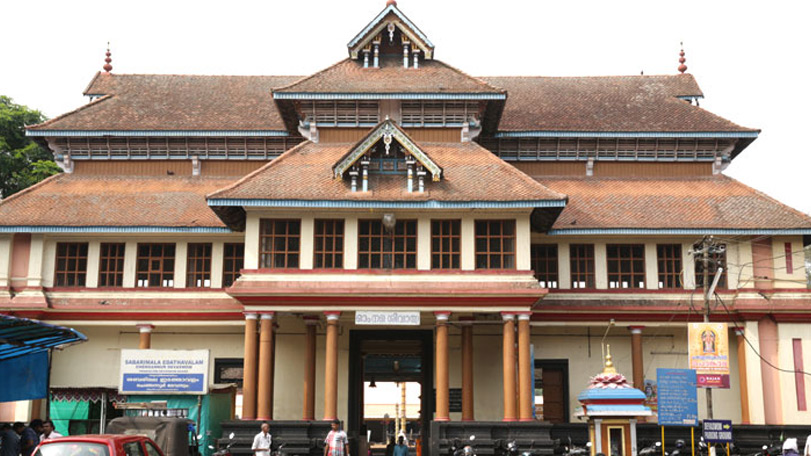
Between December and January: Thripputhu Festival
March: Thiruppooth Aratt Festival
24Malayalappuzha Temple at Malayalapuzha:
A sacred temple dedicated to Bhadrakali, the Malayalappuzha Devi Temple dates back to more than 1,000 years, and is known to be a religious establishment of highest importance. The idol of the presiding deity in this temple measures up to 5.5ft and is made up of ‘katu sarkara yogam’. The temple also have two other idols of the main deity; one is used for abhisheka and other is used for sreebali. According to the legends, Goddess Bhadrakali resides here in her most ferocious form; the form she took to kill demon king Darika. With pictorial stone carvings and wall paintings, Malayalappuzha Devi Temple also displays a divine statue of Goddess Parvati feeding Lord Ganesha within the premises.
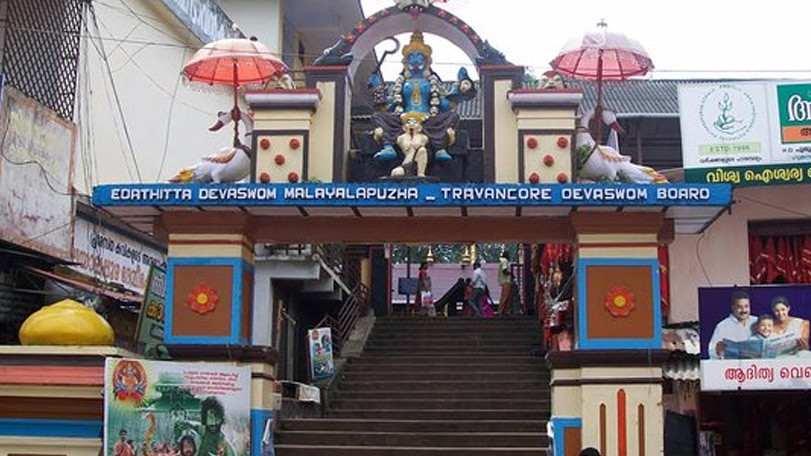
You may also like : Chottanikara Devi Temple in Kerala
Between February and March: Malayalapuzha Temple Utsavam
Between August and September (Chingam Month): Vinayaka Chathurthy
25Nilakkal Mahadeva Temple at Perunad:
The oldest temple in the Pathanamthitta district of Kerala, Nilakkal Mahadeva Temple in Perunad worships Lord Shiva as its main deity. Located within a proximity to the pious Sabrimala Temple, this auspicious place also serves as a halting ground for the Sabrimala pilgirms. Legends have it that Lord Shiva protects and blesses His son, Lord Ayyappa, from this holy shrine of His. Legends fusther states that the Lord possesses two different avatars: Ugramoorthy (fierce) and Mangala Pradayakan (auspicious), to bless Lord Ayyappa to fight and win over the evil spirits.
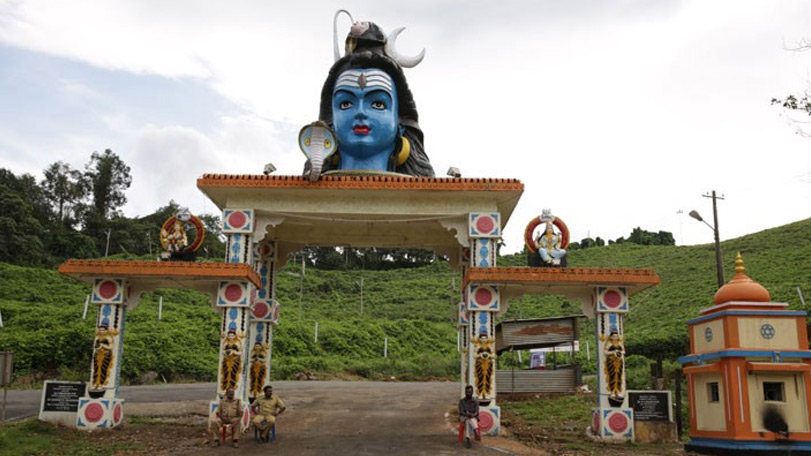
Between February and March (Magha Month): Maha Shivaratri
Between August and September (Chingam Month): Vinayaka Chathurthy
Between September and October: Mahanavami
26Ettumanoor-Vaikom-Kaduthuruthy Temple at Kaduthuruthy:
According to the mythological tales, a demon named Kharasura did severe penance and meditation to attain ‘mokshya’. Appeased by his devotion, Lord Shiva appeared before him with three Shiva Lingas and granted all the boons of Kharasura. The Shiva Linga in his right hand is now worshiped at Vaikom. The one on the left hand is worshiped at Ettumannor. And the one he was carrying across his neck, is now worshipped at Kaduthruthy.
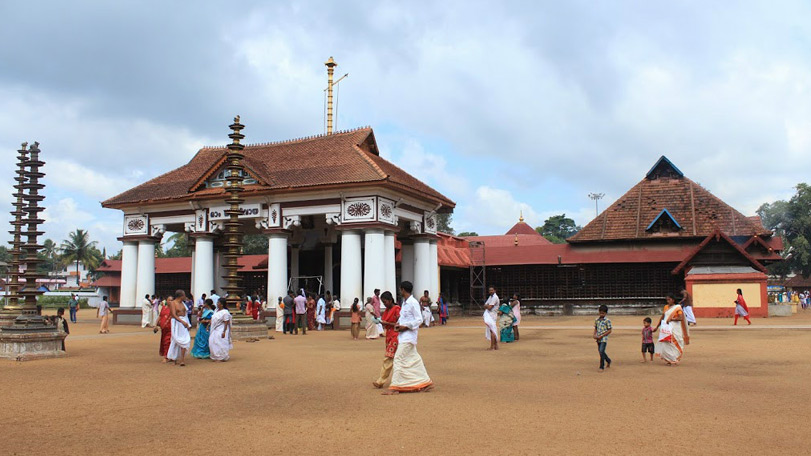
Between February and March (Magha Month): Maha Shivaratri
Kerala is home to a multitude of temples and ranking them is no easy task. These are but a handful of temples that are quite renowned and popular. Irrespective of who your favourite deity is, take time to plan your trip to Kerala so that you can visit as many temples as you can in a leisurely manner, soaking in the settings, appreciating the legends and history associated with these monuments and offering worship to the Gods who preside over them.






